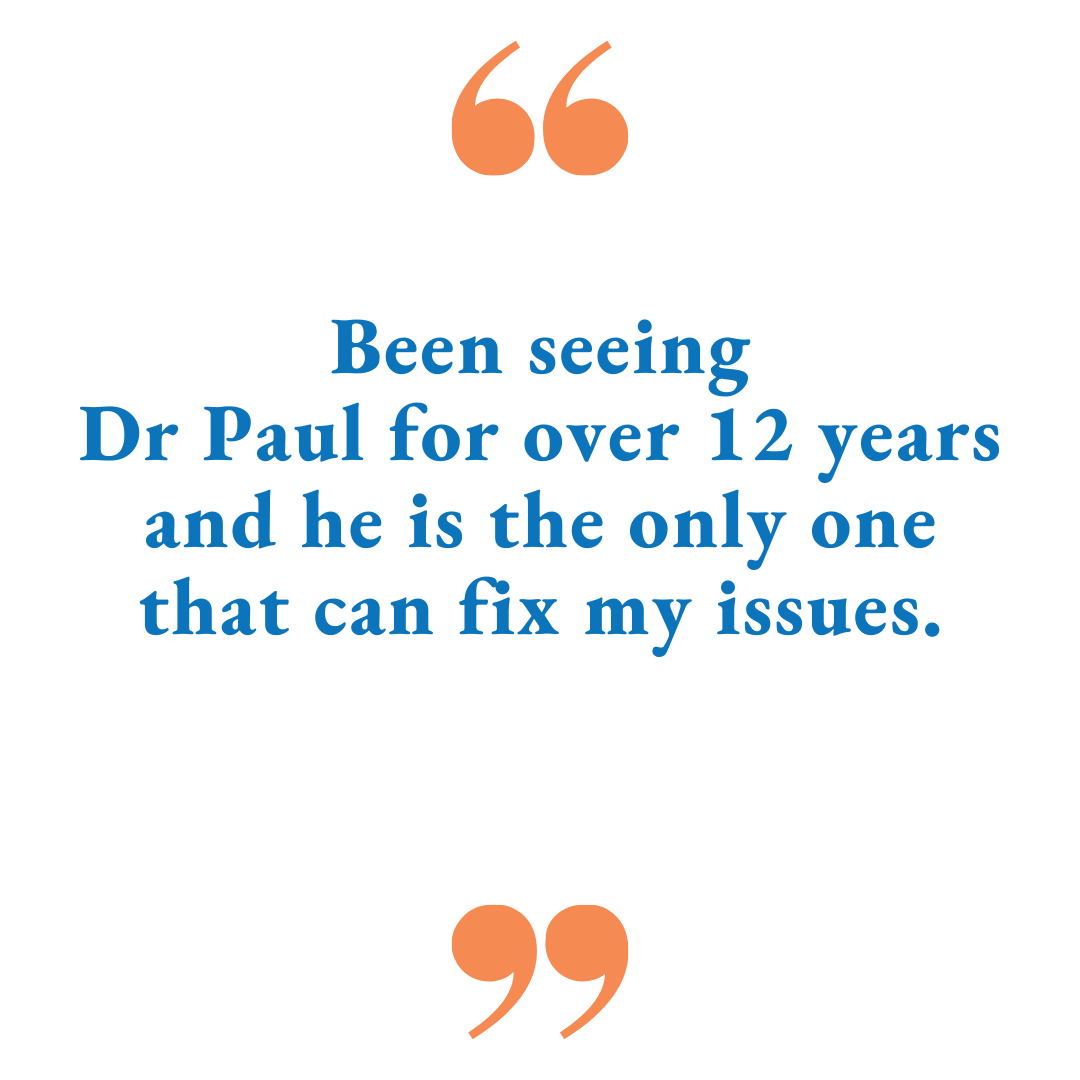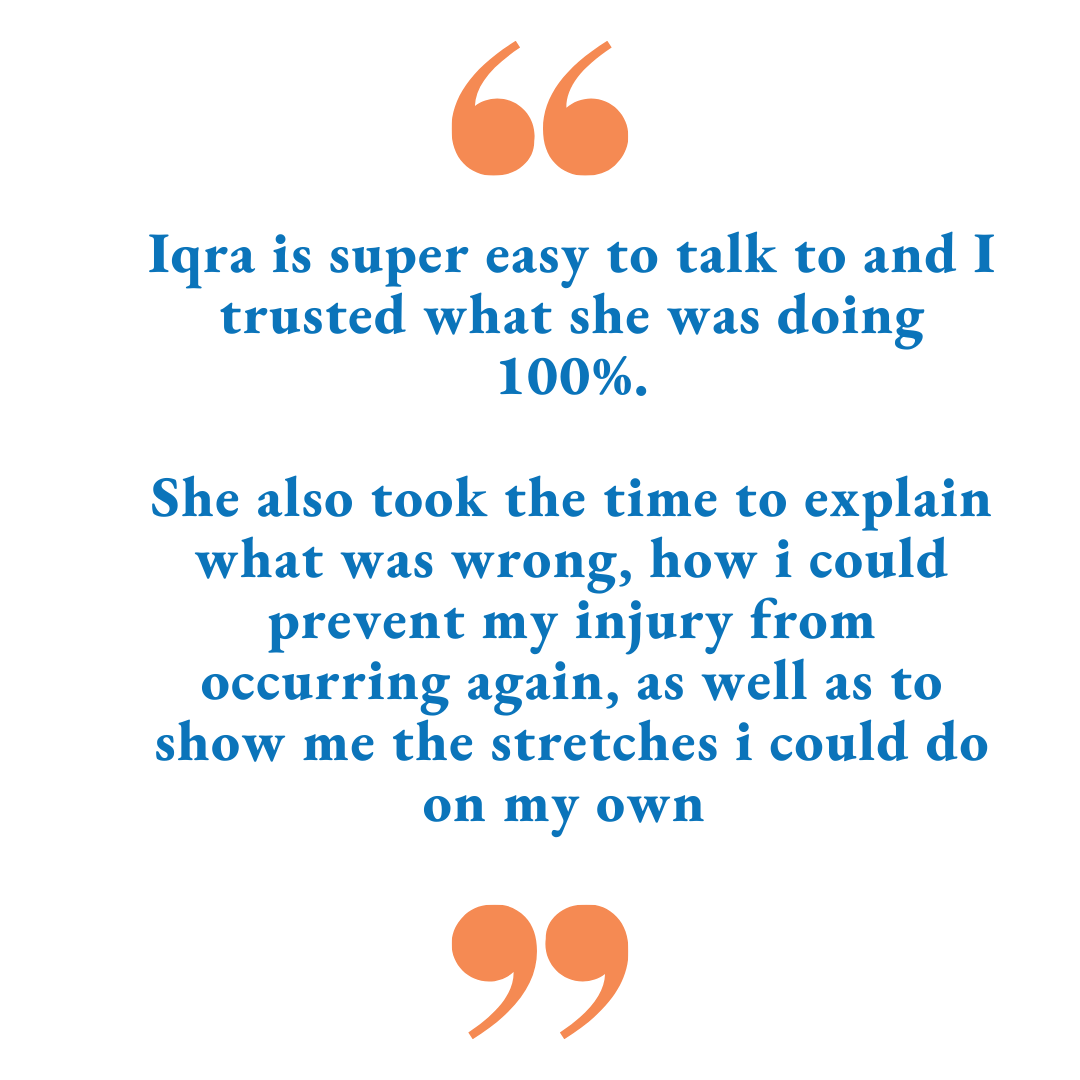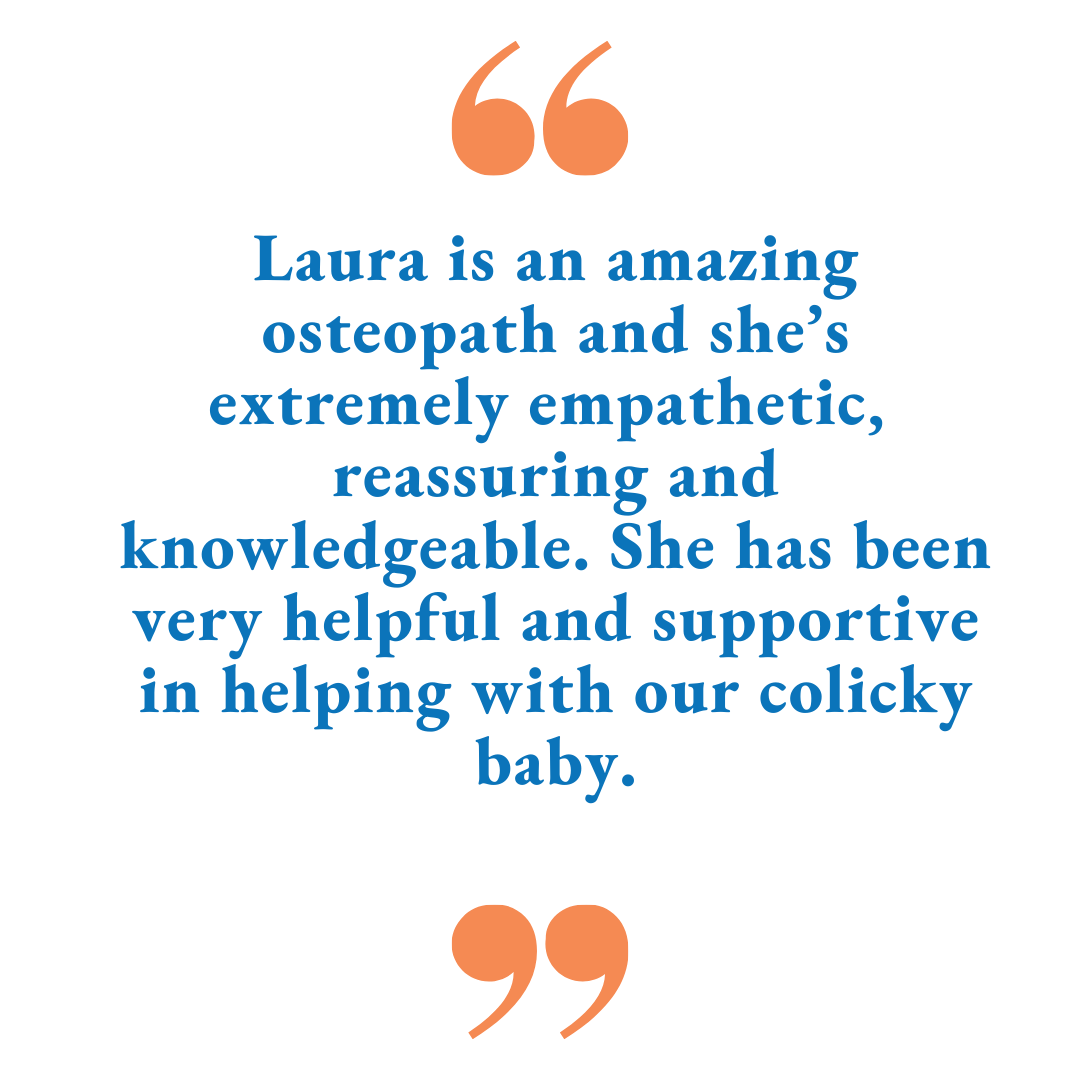Acute Sports Injuries
What is Acute Sports Injury?
In this article we discuss:
-
What is the Difference Between an Acute and Chronic Sports Injury?
-
Types and Examples of Acute Sports Injuries
-
What are the Signs and Symptoms of An Acute Sports Injury?
-
Treatment Options for Sports Injuries
-
When to get Medical or Therapeutic Attention?
-
Osteopathy and Sports Injury
Acute vs Chronic Sports Injury
What is the Difference Between an Acute and Chronic Sports Injury?
A common injury can either be an acute condition or a chronic one. Acute means any injury that has just happened with sudden onset (in the last 24-48 hours) and is usually associated with a traumatic event. Tissue damage whether muscle, tendon, ligament or joint, triggers the body's inflammatory response. This physical response is necessary to help prevent further injury and commence healing.
Acute injury treatment aims to protect the damaged area, stimulate the healing process, including managing inflammation, reducing pain and improving function.
Chronic injuries occur over time.
They are often the result of repetitive trauma (overuse injury) to the connective tissue, tendons, bones, and joints. Chronic injuries also often involve long-term abnormal stimulation of the nervous system due to the experience of pain over an extended period of time. This leads to sensitization of the nervous system and may lead to painful symptoms in an area even when there is no soft tissue damage. This can make the treatment of chronic injuries a more difficult and complex issue. . Common examples of chronic sports injuries include Swimmer's shoulder, Runner's knee & jumper's knee, Achilles tendonitis, Shin splints. Often these injuries will start with acute symptoms but will develop into chronic problems over time.
Chronic injuries may also be the result of previous injuries that don't heal properly. This may create a muscle imbalance leading to weakness or tightness. Changes in movement patterns and habits, such as alterations in walking or running gait, improper use of equipment, or improper footwear may place an increased load on the body. If the body fails to adapt sufficiently to these changes then chronic injury could develop.
Types of Acute Sports Injuries
-
Fractures (Bone eg. Ankle, Foot, Shin, Femur, Radius, Ribs, etc.) Excluding a stress fracture
-
Dislocations (Joints eg. Collarbone, Kneecap, Shoulder, Hip)
-
1st, 2nd, and 3rd Degree Sprains (Ligaments eg. Ankle, Wrist)
-
1st, 2nd, and 3rd Degree Strains (Muscles or Tendons eg. Hamstring, Hip Flexor)
-
Anterior Cruciate Ligaments (ACL) injury
What are Common Examples of Acute Sports/Athletic Injuries?
-
Broken bones.
-
Concussion. (Common in high-risk sports such as contact sports )
-
Dislocated shoulder
-
Knee injuries, such as an ACL and meniscus tear
-
Rotator cuff tears Wrist fractures.
-
Ankle sprains.
-
Hamstring muscle (or any other muscle) sprains
-
Torn ligaments
When it comes to an athletic injury there are certain sports that are considered high-risk sports such as any contact sport (rugby, wrestling, boxing, etc.), weight-lifting, soccer, hockey, gymnastics, dancing, cycling, running, or field athletics.
More information on cycling injuries:
Common injuries while cycling
More information on running injuries:
Common Running Injuries And Prevention
What are the Signs and Symptoms of an Acute Sports Injury?
What are the physical symptoms of a common sports injury?
- The symptoms of a sports injury will depend on the type of injury you have.
- Symptoms of an acute injury include
- Sudden, severe pain.
- Swelling (as blood flows to the injured area).
- Not being able to place weight on a leg, knee, ankle, or foot.
- An arm, elbow, wrist, hand, or finger that is very tender.
- Not being able to move a joint as normal.
- Extreme leg or arm weakness.
- A bone or joint that is visibly out of place.
Source: niams.nih.gov
PAIN
Often starts immediately after you are injured but has a delayed onset depending on the individual's pain threshold and inflammatory response.
SWELLING
Usually develops over the first 24 hours after the injury, the speed at which the swelling develops can indicate the structures damaged and the amount of trauma the tissue has undergone. You may get swelling away from the damaged tissue (e.g. a bad knee injury can lead to ankle swelling).
REDNESS/BRUISING
Inflammation in the damaged area often causes redness, especially if there is swelling. Bruising usually develops later (sometimes you may get bruising away from the damaged tissues- this is due to bleeding from the injury reaching the skin in different areas).
LOSS OF RANGE OF MOTION
An acute injury often leads to surrounding muscle spasms and a reduced ability to move the joint or the tissues involved, this is the body's self-protective mechanism. The degree of loss of range can affect the loss of function and can be an indication of the severity of the injury or the level of inflammation resulting in a painful condition.
Treatment Options
P O L I C E D
Protection
Protect the injured area to avoid/reduce pain and excessive stress of the tissues. Bracing or supportive tools, such as crutches may be required depending on the severity of the injury.
Optimal Loading
During the protection phase, you can start gentle pain-free mobilization and applying progressive stress through the tissues.
- an immediate protocol for a condition.
ICE
May be useful to reduce surrounding muscle spasms and pain.
COMPRESSION
Strapping or bandaging can often help to protect the injured area. *Be careful not to compress the area too much.
ELEVATION
Supporting the injury (especially if it is the arm or leg) above the level of the heart can reduce the amount of swelling, as it reduces blood flow to the damaged area. This may help to reduce pain as excessive swelling may increase pain in the region.
DRUGS
Drugs may be beneficial, depending on the type and severity of the injury to help reduce pain in the early stages post-injury.*Always seek the advice of your GP or pharmacist before taking any medication.
When to get medical or therapeutic attention?
If it is a severe injury (eg. protruding bones or visible deformity) or if the symptoms of the trauma persist then immediate emergency medical services should be contacted for effective emergency care.
Apart from POLICE which you can do at home, going for physical therapy (osteopathy/physiotherapy/chiropractor) or seeking medical attention is recommended as soon after the event as possible, to aid the healing process. Reducing activity level, athletic activity, and excessive motion that aggravates the injured body part is also suggested. An acute injury can quickly progress to a chronic injury if not treated correctly and treatment is important for reducing the potential development of chronic symptoms.
Osteopathy and Sport Injuries
Treat common sports injuries through osteopathy
Osteopaths are trained to examine the body from a global perspective to identify regional interactions and how stress in one region of the body may impact another. This makes osteopathy extremely effective for diagnosing and treating sports injuries.
What is the difference between a Physiotherapist and an Osteopath?
As part of their undergraduate training, both professions undergo extensive training in anatomy, physiology, and pathology. Both professions can help musculoskeletal problems and there are similarities in the approaches they use. Generally, osteopaths place more of an emphasis on hands-on manual treatment whilst physiotherapists emphasize the use of exercise for injury treatment. Osteopaths may also treat using cranial therapy or visceral therapy to have an effect on different systems in the body.
Whilst not exclusive to osteopaths, they do tend to use a more holistic global approach to diagnostics and treatment, which is why the osteopath may treat a part of the body seemingly unrelated to the injured or painful region in order to have the optimum effect.
Don’t let your injury set you back. Click on the appointment button now.
Recommended reads:
- Six tips to prevent running injuries
- Running Tips – Forefoot Running
- Golf and Osteopathy
- Dealing with Shin Splints Injury
See more articles on our Instagram page here
https://www.instagram.com/the.osteo.sg/
What Patients Say About Us!




